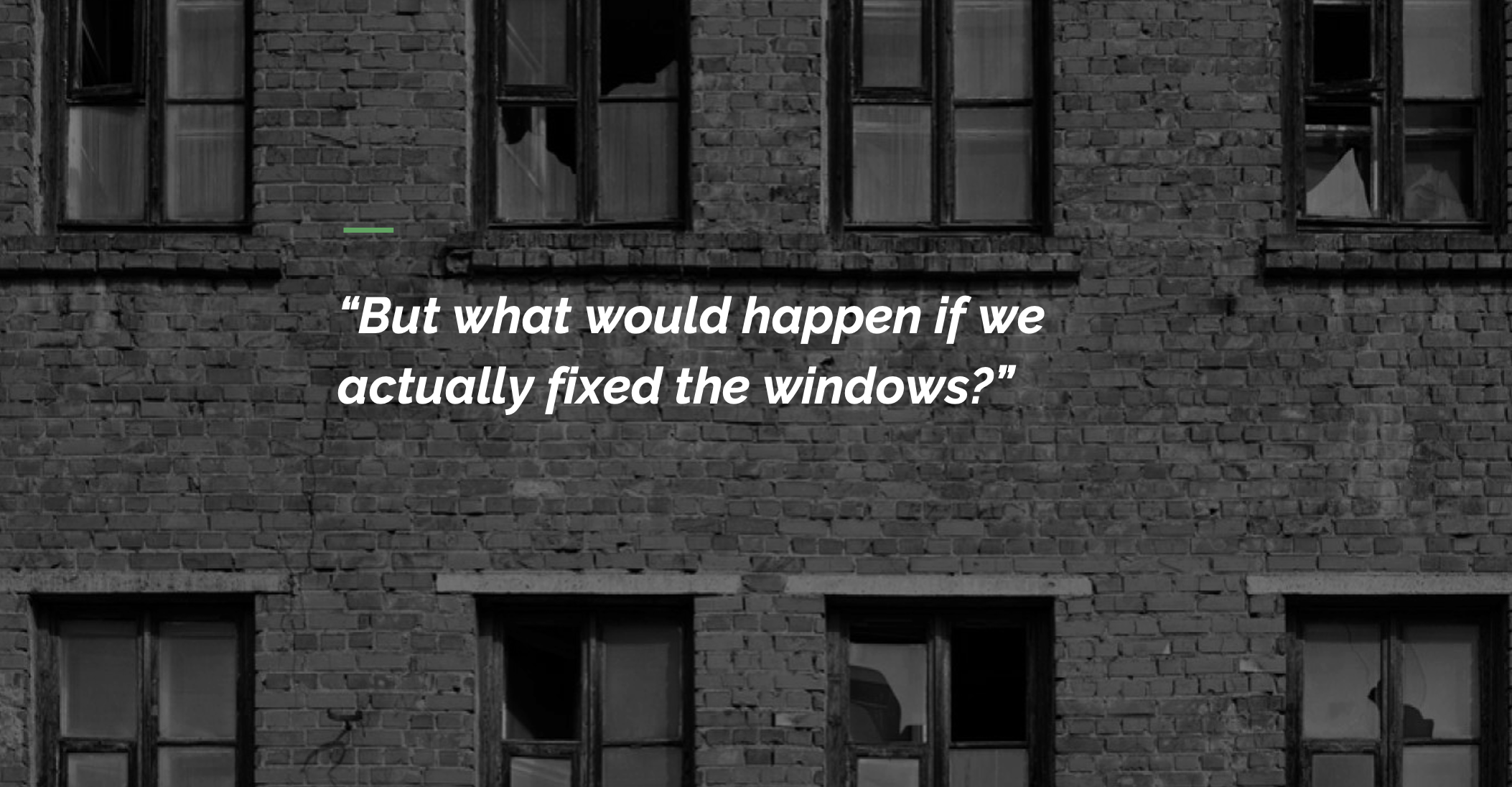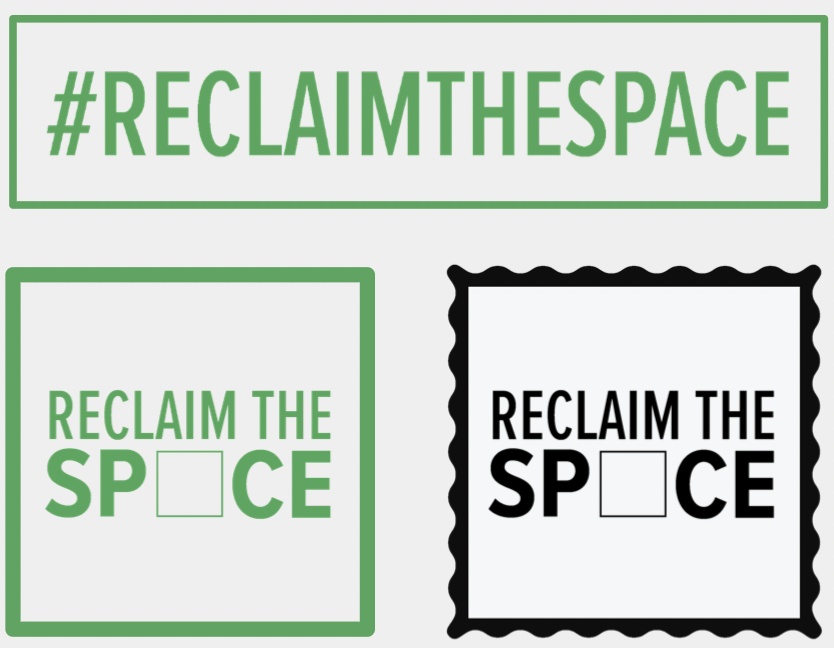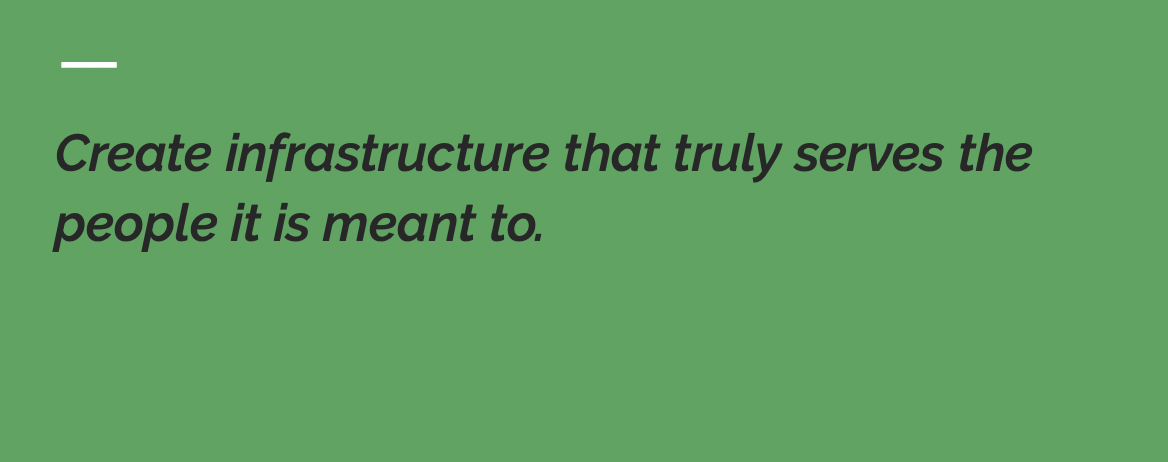
Branding Social Movements
There is a big space of unclaimed unused property in cities in this country. About 15% of US cities in 2018 were deemed vacant or abandoned - roughly the size of Switzerland!
This is a problem as vacant / unused areas in cities tend to have increased crime rates.
Erik Klinenberg’s book about the benefits of Social Infrastructure covers much of these findings as well as the subject of the incredible resources that public libraries are and other shared communal spaces because they promote valuable social connection and we need more attention on the power of unused spaces and their potential to make a real difference in lives.
Book: Palace for the People by Eric Klinenberg
It’s nothing new.
-

Detroit Plan (1890s)
The first community gardens in the United States were vacant lot gardens started during the economic recession of the 1890s. Detroit was the first city in the United States to create an extensive municipally sponsored urban gardening program using vacant lots in the city.
-

Wartime Gardens (1910s)
When the United States entered World War I in 1917, there was a need for food, rather than education. That became the primary motivation for cultivating community gardens. To increase exports, the national War Garden Commission called on citizens to become “soldiers of the soil” by planting and gardening became a patriotic act.
-

Victory Gardens (1940s)
When the United States entered World War II after the attack on Pearl Harbor in 1941, many Americans participated in a grassroots effort began to rekindle the patriotic liberty gardens of WWI.
-

Green Guerillas (1970s)
A nonprofit environmental group dedicated to preserving urban gardens, the Green Guerillas, started in 1973 by lobbing "seed bombs" packed with fertilizer, seed, and water over fences around vacant lots where access was otherwise limited in an attempt to beautify some of these eyesores with greenery. This move not only beautified formerly vacant lots but soon became a grassroots program that fostered neighborhood participation.







